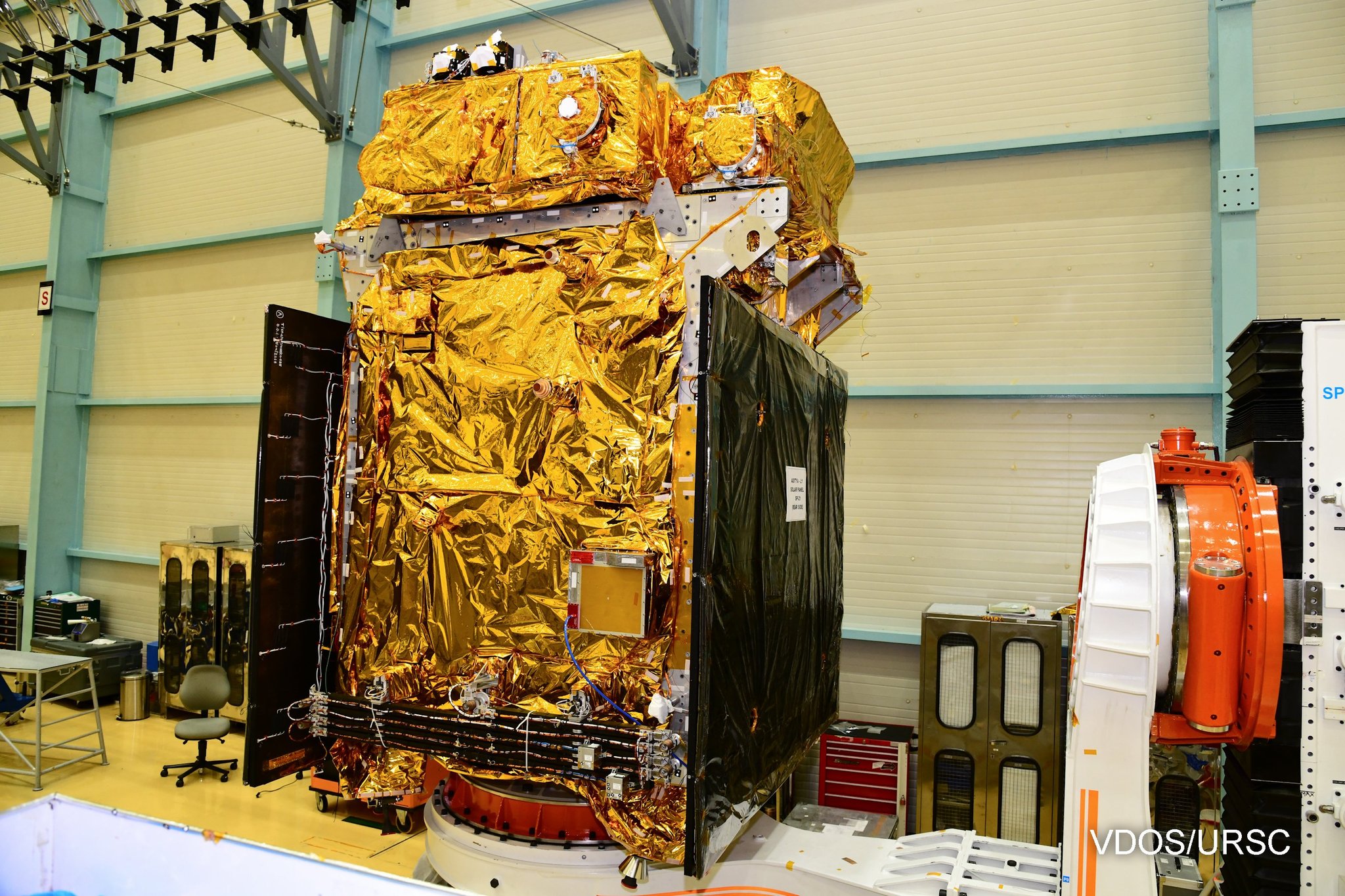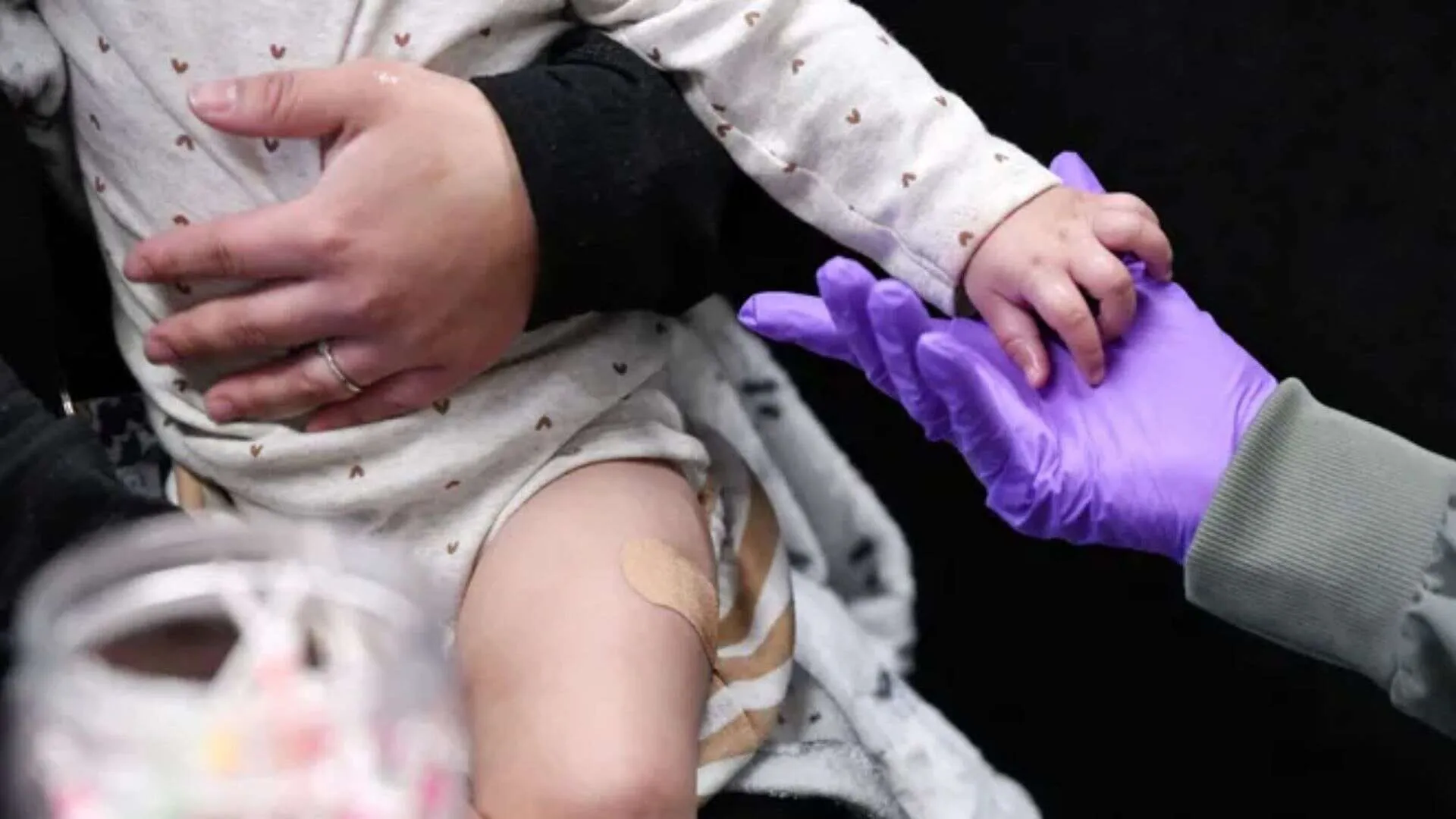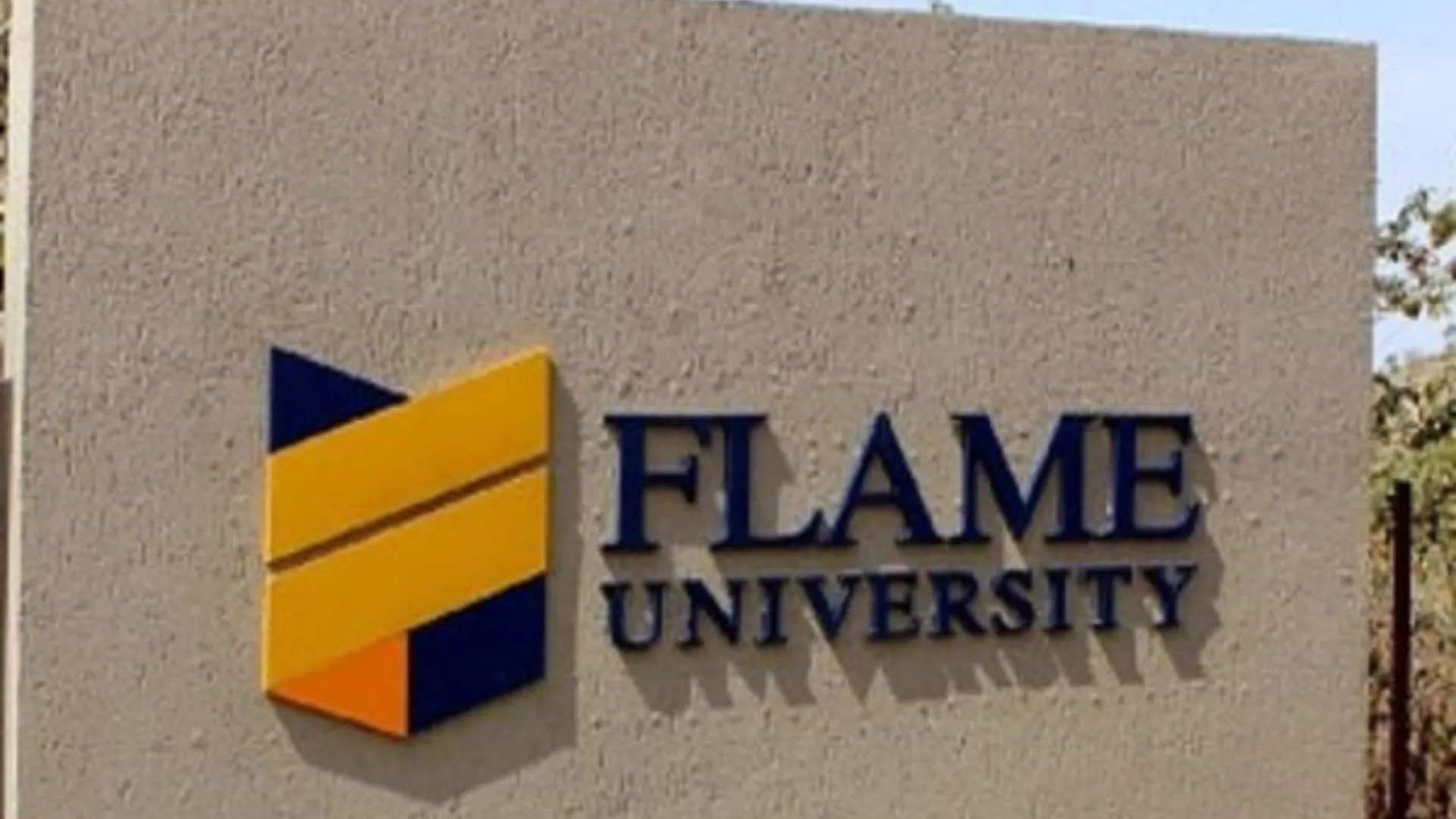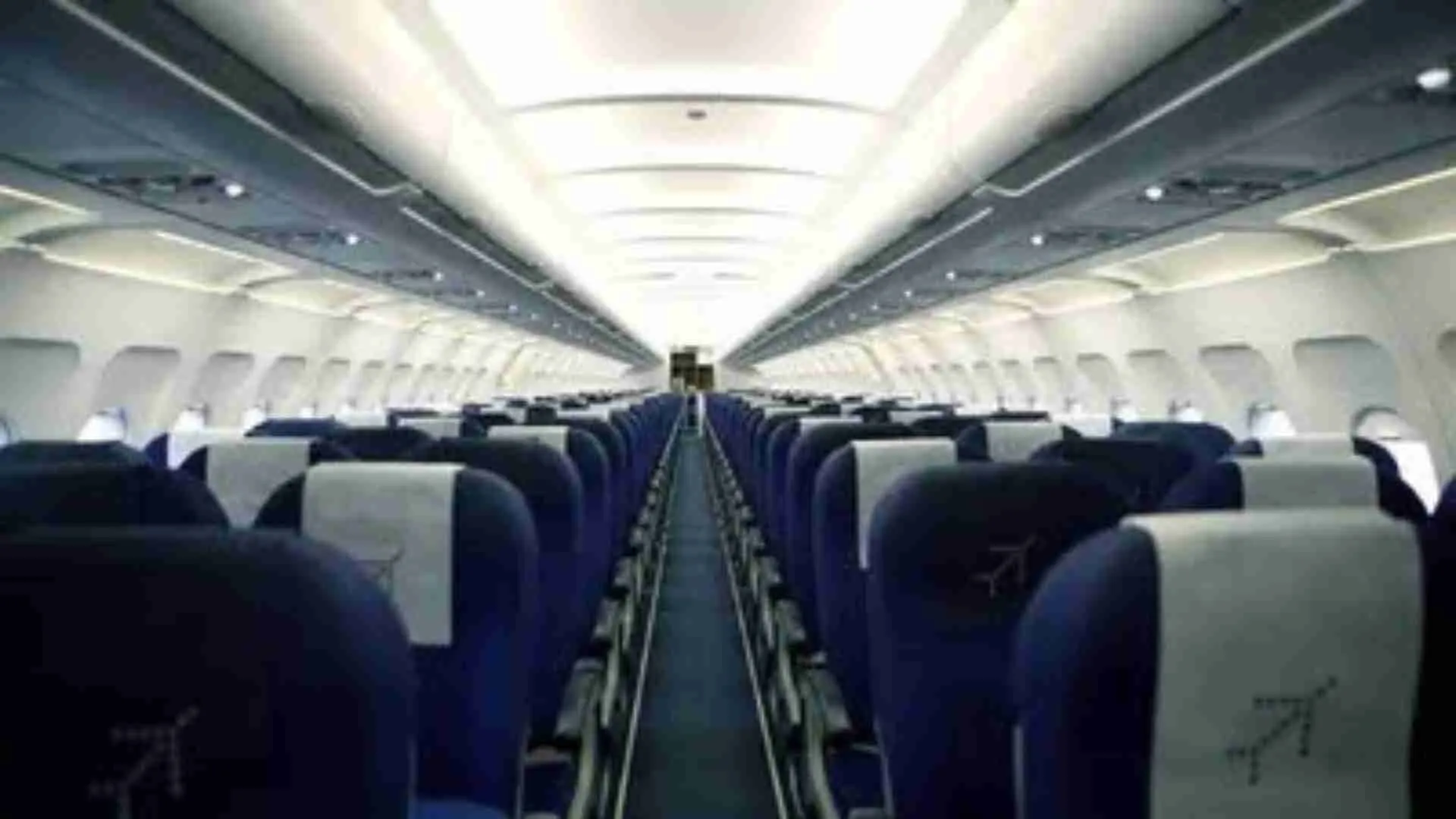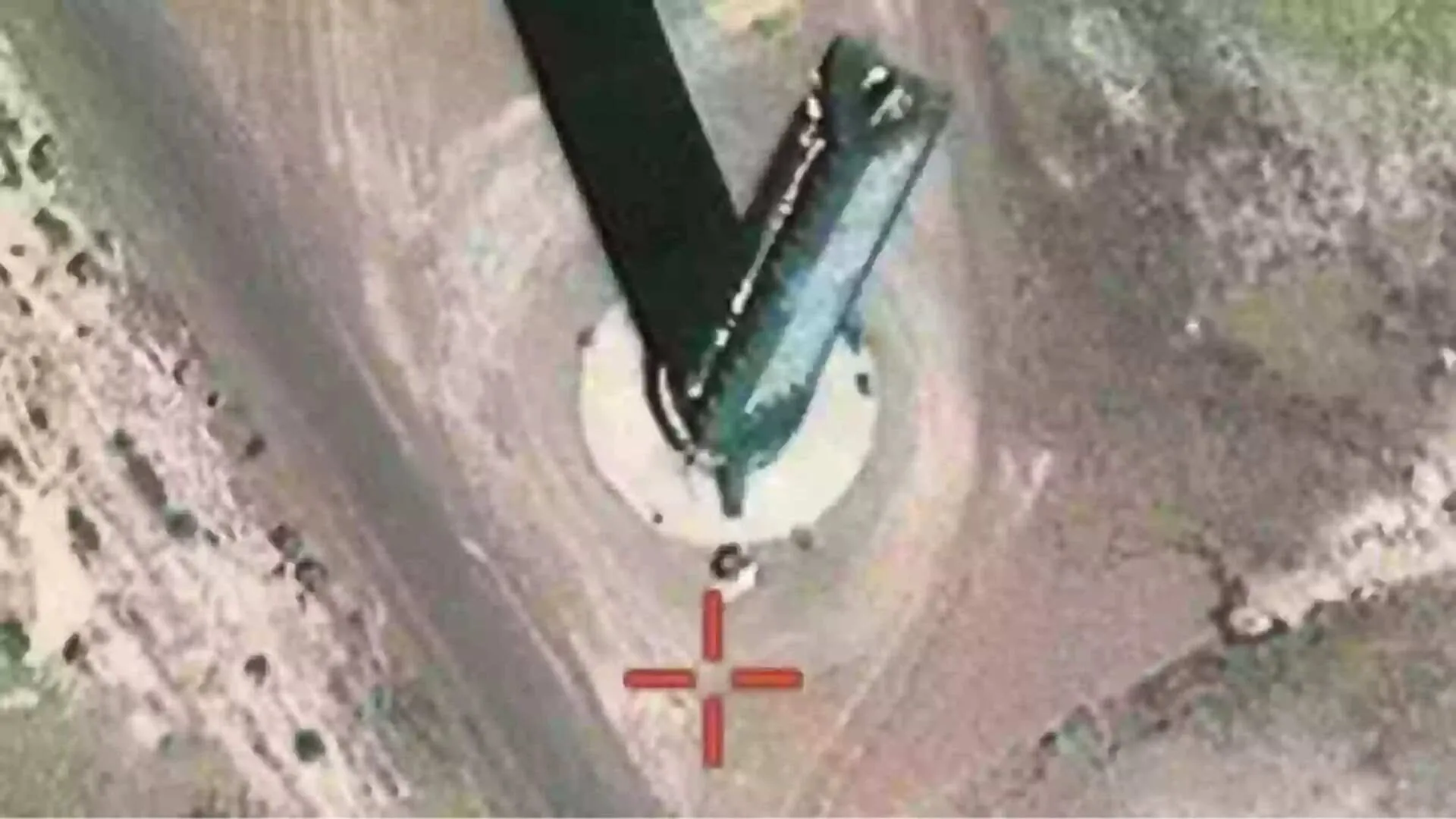The Aditya L1 coronagraph spacecraft, which will be used to study the solar atmosphere, is currently being developed by the ISRO and a number of other Indian scientific organisations. It will be put into a halo orbit around the L1 point between the Earth and the Sun, where it will study the solar atmosphere, solar magnetic storms, and their influence on the environment on Earth.
A major benefit of a satellite positioned in the halo orbit around the L1 point is that it may continuously observe the Sun without experiencing any occultation or eclipses, according to ISRO. The ability to watch the solar activity and how it affects the space weather in real time would be improved, it claimed.
The first observatory in India, Aditya-L1, was launched with the intention of studying the Sun from orbit. The U.R. Rao Satellite Centre in Bengaluru created the satellite, which has now arrived at the ISRO spaceport in Sriharikota, Andhra Pradesh, according to a mission update from the national space agency with Bengaluru as its headquarters.
PSLV-C57/Aditya-L1 Mission:
Aditya-L1, the first space-based Indian observatory to study the Sun ☀️, is getting ready for the launch.
The satellite realised at the U R Rao Satellite Centre (URSC), Bengaluru has arrived at SDSC-SHAR, Sriharikota.
More pics… pic.twitter.com/JSJiOBSHp1
— ISRO (@isro) August 14, 2023
The spacecraft is equipped with seven payloads that use electromagnetic, particle, and magnetic field detectors to study the photosphere, chromosphere, and the Sun’s outermost layers (the corona).
Four payloads will use the unique vantage point L1 to observe the Sun directly, and the remaining three payloads will conduct in-situ particle and field research there, contributing to significant scientific studies of the propagation of solar dynamics in the interplanetary medium.
According to ISRO, the Aditya L1 payloads will provide the most crucial information to understand the problem of coronal heating, coronal mass ejection, pre-flare and flare activities and their characteristics, dynamics of space weather, propagation of particle and fields, etc.
The study of solar upper atmosphere (chromosphere and corona) dynamics, the research of chromospheric and coronal heating, the physics of the partially ionised plasma, the beginning of coronal mass ejections, and flares are the main scientific goals of the Aditya-L1 mission.
The physics of the solar corona and its heating mechanism; diagnostics of the coronal and coronal loops plasma: temperature, velocity, and density; development, dynamics, and origin of coronal mass ejections; observe the in-situ particle and plasma environment providing data for the study of particle dynamics from the Sun; determine the series of events that take place at various layers (chromosphere, base, and extended corona) and ultimately result in solar eruptive events; observations of the solar corona’s magnetic field structure and magnetic field as well as the dynamics, composition, and causes of space weather (origin, composition and dynamics of solar wind).
While the in-situ equipment at L1 will study the immediate surroundings, the Aditya-L1 instruments are set to observe the solar atmosphere, primarily the chromosphere and corona.
Why is the project called Aditya-L1?
The mission’s name is derived from the Sanskrit term “Aditya,” which means “related to the Sun” or “God of the Sun.” The Sun-Earth system’s Lagrange point 1 is known as L1. A halo orbit will be created for the Aditya-L1 spacecraft around this Lagrange point 1, which is located roughly 1.5 million km from Earth.
The background of Aditya-L1
The Advisory Committee for Space Research first conceived about Aditya-L1 as a mission in January 2008. It was originally planned as a 400 kilogramme, small Low Earth Observation (LEO) satellite with a coronagraph to study the solar corona. 3 crore rupees were set aside for an experimental budget for the 2016–2017 fiscal year.

